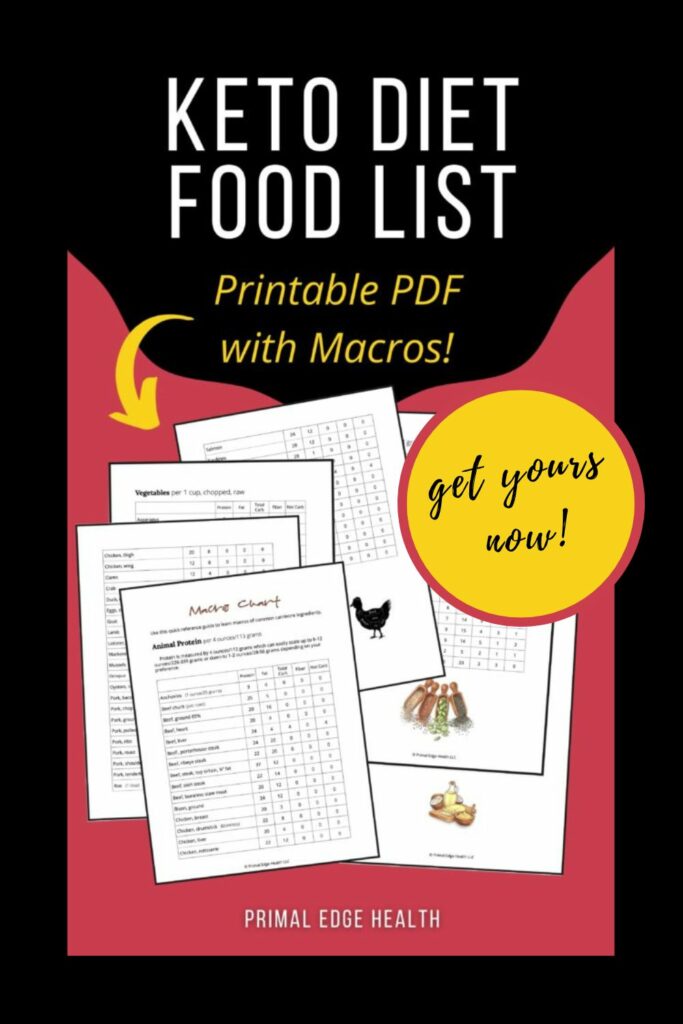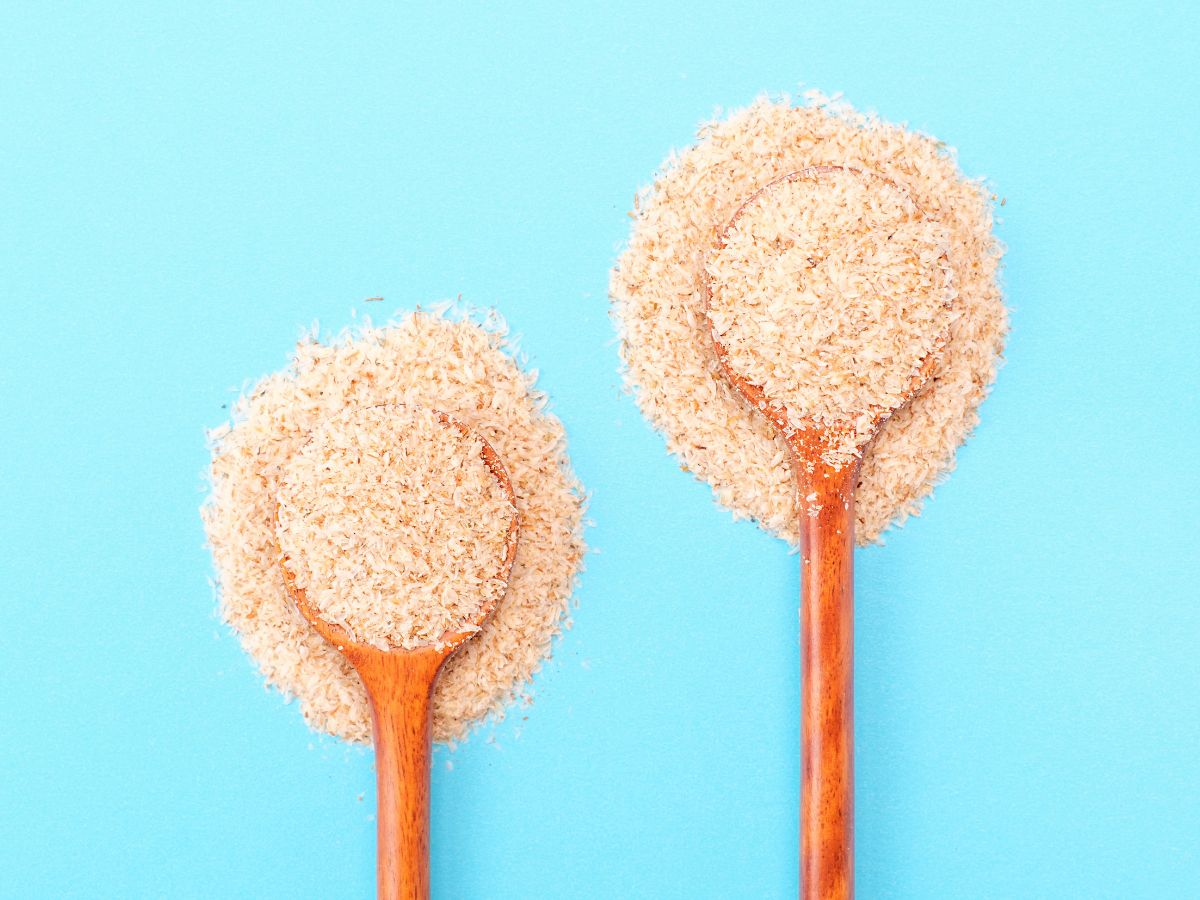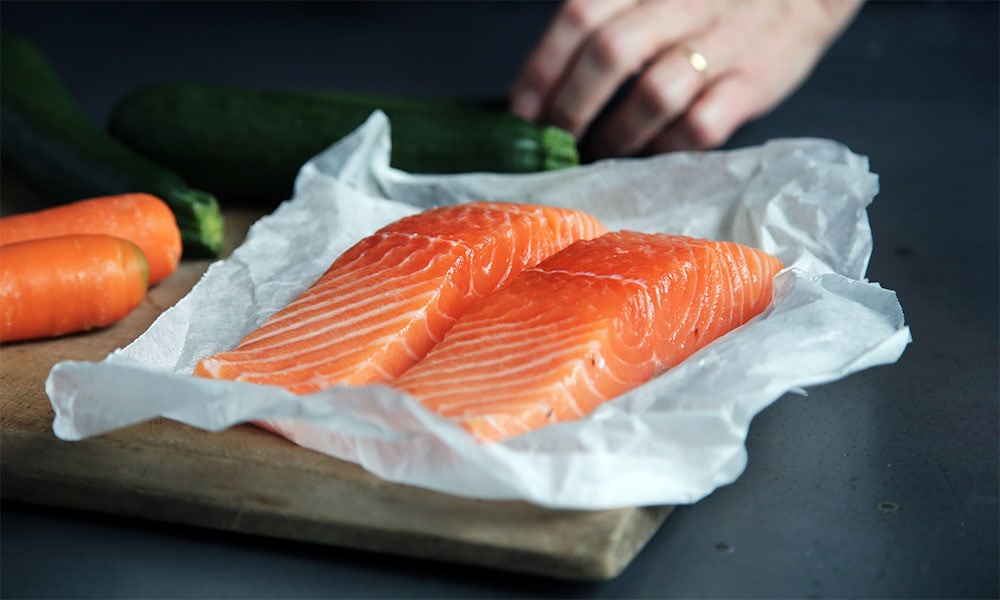Avoid Keto Flu: it isn’t a rite of passage!
Primal Edge Health participates in the Amazon Services LLC Associates Program and other affiliate programs and therefore, may collect a share of sales or other compensation from the links on this page. This comes at no additional cost to you, and all the prices and availability are accurate at the time of publishing.
One of the worst “side effects” of adapting to a keto diet is something called “keto flu”. It is not really a flu but does have a number of similar symptoms.

Hopefully you are reading this ahead of time and can learn how to avoid keto flu because it is not a necessary part of keto! There are many people who never feel any of these symptoms, and you don’t need to either, especially if you take the recommended steps outline below.
Table of Contents (click to view)
What is the keto flu?
Our bodies go through a big metabolic change when we adapt to a ketogenic diet. The liver must convert fat into ketones, the gall-bladder needs time to upregulate enzymes, and the brain must adapt to a new fuel source. There are many changes going on, our bodies must be allowed time to adjust.
Fatigue, muscle cramps, headaches, cravings, and irritability are the most common complaints of keto flu. Although it is not unusual to hear of trouble sleeping, nausea, digestive discomfort, or diarrhea also.
Symptoms may appear as quickly as 12 hours after carbohydrate restriction. For most of us, the third day of a ketogenic diet is the biggest challenge. This is when glycogen stores run out and we fall in the limbo space between carb-based and fat-based metabolism, just on the edge of ketosis.
This is the most important time to stay focused and keep going!
How to avoid keto flu?
Symptoms of the keto flu usually disappear by themselves within a few days, as the body adapts. But rather than suffering needlessly during this time, address the cause and start feeling better right now!
All it takes is a bit of knowledge to avoid keto flu. There are 5 important keys to avoid keto flu.
1. Stay Hydrated
Drink enough water to stay hydrated. One of the main causes of keto flu is dehydration after the loss of water weight from glycogen depletion. The change is usually welcomed because as the water leaves, inflammation drops and our weight goes down too.
Be aware of your water intake, you may do well with increasing it for a few days. While there is no magic number, aim for 3 liters a day and see how that feels. I suggest purchasing a quality water bottle and keeping it near you for easy sipping.
2. Take salt
Remember as water goes, important electrolytes can go too. As long as you understand the importance and are aware of electrolyte supplementation on keto, you will be fine.
Recommended: A Secret to Easy Keto Adaptation
Increase your salt intake during the first weeks of keto by taking ½ teaspoon of salt like a vitamin pill. Put it in the back of your mouth and drink enough water to get it down.
Recommended: 7 types of mineral rich salt
You can also put the salt in water, drink beef or chicken broth, or make a homemade electrolyte drink. This may alleviate symptoms within 15-30 minutes. Repeat this as needed in order to avoid keto flu.
20% off organic shelf-stable chicken and beef bone broth
Low Salt can MESS YOU UP on a KETO DIET
3. Increase dietary fat
Fear of dietary fat is a very real thing. Due to decades of misinformation about fat being unhealthy, you may consciously or unconsciously be under eating the fat macro.
If we carb restrict without increasing calories from fat we are unable to use glucose for fuel, and neither are we able to use fat! It is inevitable that we will feel tired, hungry, and irritable.
Eat lots of naturally fatty foods (lean more about keto food choices here)
- Fatty meats (pork belly, bacon, steak, fatty ground beef, roasted chicken with skin)
- Oily fish (salmon, mackerel, trout, herring, sardines, fresh tuna)
- Use healthy sources of fat liberally (avocado, butter, ghee, coconut oil, olive oil, and animal fats)
Shopping Suggestion: See our Resource List here
Some of us need to use more dietary fat during the initial adaptation period in order to blunt the negative effects of transition. In this case, up your fats by 30-50 grams (2-3.5 tablespoons or so) or eat intuitively for a few days until symptoms ebb. Once you are fat adapted, dial in your macros so you can reach your goals.
Is a KETOGENIC DIET DANGEROUS? The TRUTH about SATURATED FAT
4. Go easy
This is not the time to be lifting heavy or running marathons. Overall people do experience improvements to energy and stamina on a ketogenic diet but rarely during the adaptation phase. Over exerting yourself in these early days can worsen symptoms of keto flu.
Daily movement is fine but avoid high intensity workouts and don’t try to set any personal records. Walking, pilates, swimming, and bodyweight movements are all great. Take the first weeks slow, then increase exercise intensity once fully keto adapted.
EXERCISE while adapting to a KETOGENIC DIET?
5. Fuel your self right
If you are confused about macros or find yourself restricting food during the first few days of keto, relax! A keto diet is a tool to support long-term dietary and lifestyle changes. Many of us need to work on fostering a healthy relationship with food and improve daily habits, this can only happen over time. If you do slip up, it’s easy to get back on track to keto again.
As you first introduce your body to ketosis, it is fine to eat ad libitum. If eating intuitively, as much or as often as desired, relieves keto flu symptoms then go for it! In your case, focusing on the macros and calories may be causing extra stress and making things worse. Eat keto foods and avoid high-carb snacks, grains, starches, and hidden sugars.
Once you are well adapted, satiety signaling will improve and your hunger will go down naturally. Set your keto macros once you are feeling confident in your food choices and ready to take the diet to the next level.
In conclusion
The first defense against keto flu should always be to drink ample water and increase salt intake. In many cases, this is enough to get back on track. If you are still experiencing keto flu symptoms, adjust electrolytes as needed, up your dietary fat, go easy with workouts, and eat intuitively.
Finally, although keto flu symptoms can be a pain, they don’t last forever! You’ll be reaping the many benefits of keto soon enough.







